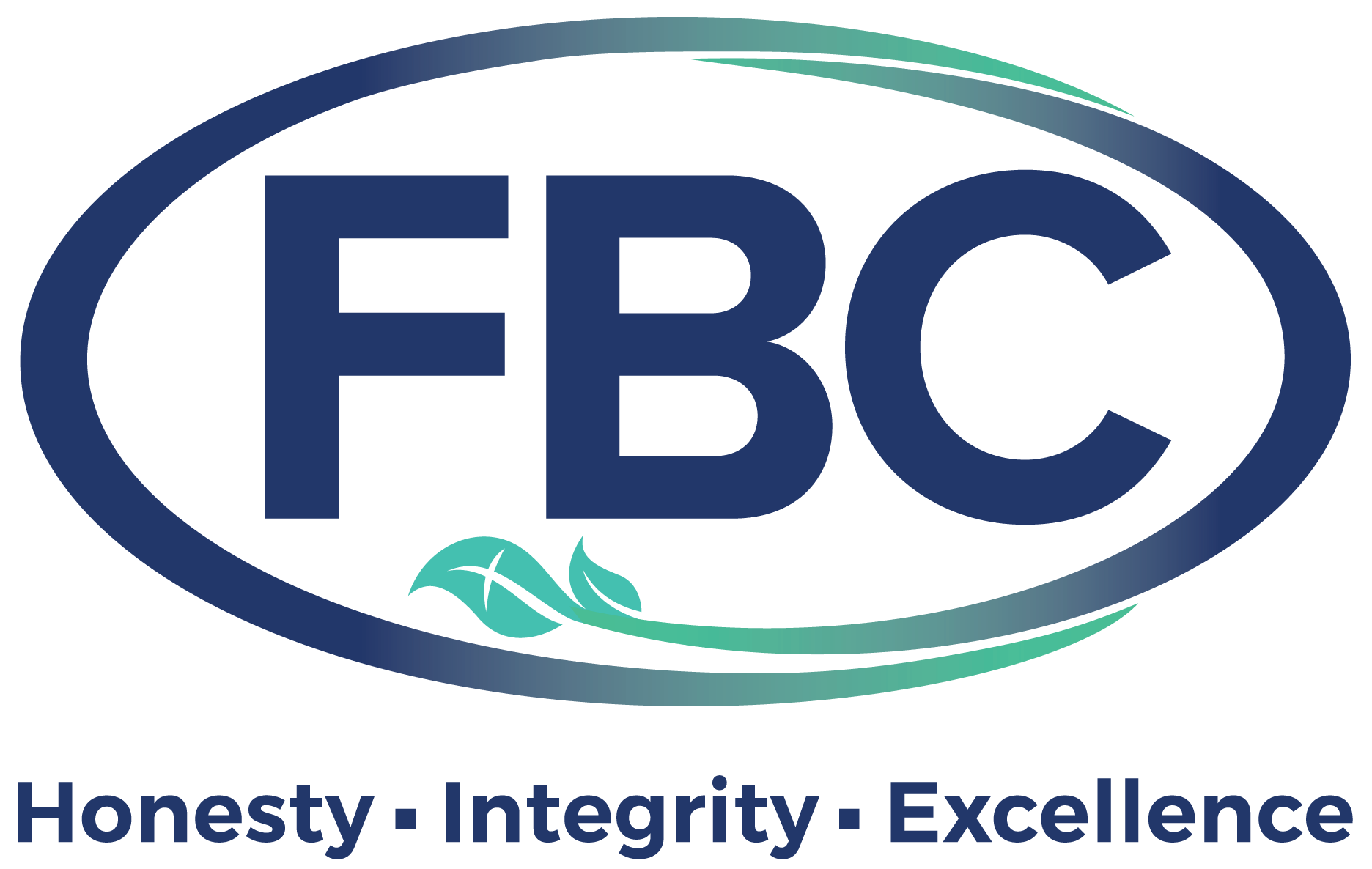Retirement savings–they are crucial for ensuring a comfortable future. What if switching jobs could cost you as much as $300,000 in lost savings? Many employees aren’t aware of the hidden financial impact job changes can have on their retirement funds. Many workers are unaware that frequent job switching can hurt long-term retirement plans. When employees ignore their benefits, it can lead to big losses.
In this article, we explore the financial risks of job hopping. We examine how small differences in retirement plans can lead to big losses. Arizona company FBC shows how HR leaders can help employees protect their future. Read on.
The $300,000 Loss: How Job Switching Affects Retirement Savings
Job switching often seems like a great way to get a higher salary or pursue new goals. Unfortunately, it sometimes comes with a hidden cost—lower retirement savings. According to research from Vanguard, the typical job switcher enjoys a 10% raise. Their retirement savings rate drops by 0.7 percentage points. This may not seem like much, but over time, it adds up!
The Role of Default Plan Features
One major reason for these losses is differences in retirement plan features between employers. Default plan settings often don’t match up when you switch jobs. For example, you may have been saving 6% with your current employer, but the next job might not auto-enroll you. Alternatively, they might set a lower default rate—say 3%. These defaults strongly influence saving habits and can cause employees to save less in their new role.
In fact, about 60% of 401(k) plans auto-enroll new hires, but the most common default contribution rate is only 3%. Employees who don’t adjust this rate may be saving far less without realizing it.
Why Job Switchers Save Less for Retirement
Missing the Enrollment Window
One common reason employees save less after switching jobs is simply forgetting to enroll in their new retirement plan. Starting a new job can be overwhelming, and with so much to focus on, benefit enrollment deadlines can slip by. This can lead to months—or even years—of missed retirement contributions.
I’ve seen many employees delay their benefits enrollment until after the onboarding process. They were focused on adjusting to the new job, but this oversight comes with consequences. Unfortunately, this delay in contributions can have a huge impact on their long-term retirement savings.
Lower Contribution Rates
Even when employees do sign up, the default contribution rate at their new employer is often lower than what they previously had. Many employees don’t notice this. They don’t take the time to increase their savings rate. This leads to lower retirement contributions.
For someone who earns $60,000 and switches jobs eight times in their career, the potential loss in retirement savings can be as much as $300,000. That’s enough to fund six extra years of spending in retirement. This is a huge loss that employees may not even realize they are facing!
How HR Leaders Can Help Employees Avoid Retirement Savings Losses
As an HR leader, you can play a key role in helping employees avoid the financial pitfalls of job switching. Provide clear communication about retirement plans. Encourage employees to maximize their contributions. This can make a big difference in their long-term savings and financial health.
Educating Employees on Retirement Planning
One of the best ways to help employees protect their retirement savings is through education. HR can help employees understand how switching jobs impacts their retirement funds.
To emphasize the importance of consistent retirement contributions, you can offer the following:
- Financial advisory partnerships
- Informational resources
- Workshops
Encourage employees to regularly review and adjust their retirement contribution rates. This is key to helping them stay on track toward their savings goals.
Providing Flexible and Portable Retirement Options
Another solution is providing more flexible retirement plans that follow employees from one job to the next. Plans with easy rollover options or consistent contribution features across employers can reduce the risk of retirement savings loss.
Some companies offer automatic contribution increase features. With these, the savings rate grows each year. This ensures employees keep up with their retirement goals, even if they switch jobs. Offering this flexibility helps employees save more consistently over time.
Implementing Automated Benefits Solutions
Simplifying the Enrollment Process
One way to prevent employees from missing out on retirement savings is by automating the enrollment process. Automated benefits platforms ensure that employees are auto-enrolled at higher default rates. This helps them save more from the start.
Consider making retirement plan enrollment part of onboarding. That way, HR can seamlessly help employees avoid gaps in their contributions and keep them on track to reach their retirement goals.
Tracking Retirement Contributions Across Employers
Automated tools can also help employees track their retirement savings across multiple employers. With integrated systems, employees can easily see how much they’ve saved, regardless of how many times they’ve switched jobs. This transparency allows them to adjust their contributions as needed to stay on target for retirement.
For HR leaders, these systems can reduce the administrative burden of managing retirement plans while ensuring employees remain focused on long-term savings.
Preparing for the Future
Helping Employees Make Informed Decisions
Job switching is becoming increasingly common. HR leaders must be proactive in helping employees make informed decisions about their retirement. Encourage employees to prioritize their long-term financial health. Paying attention when moving to a new job can significantly improve their retirement outcomes.
Supporting Employees Through Financial Wellness Programs
Offer financial wellness programs to teach employees how to manage their retirement savings. This is another valuable way to help. These programs can educate employees about the hidden costs of job switching. It can show them how to avoid common mistakes, such as lowering their contribution rates or missing enrollment windows.
Key Points
- Job switching can lead to significant losses in retirement savings, potentially costing employees as much as $300,000.
- Default plan features often cause employees to save less when switching employers.
- HR leaders can help employees avoid these losses.
- Supporting employees can ensure they continue saving for retirement, no matter how many jobs they switch.
We specialize help HR leaders design benefits programs that protect employees’ retirement savings. Contact FBC today to learn how we can help you implement solutions that keep your team on track for a secure financial future.

